Allen & Heath extended its PA series of stereo live sound consoles at the Frankfurt Musikmesse with the introduction of the PA20 and PA28 mixers. The new models are companions to the recently-launched PA-CP powered mixers, without the on-board amps.
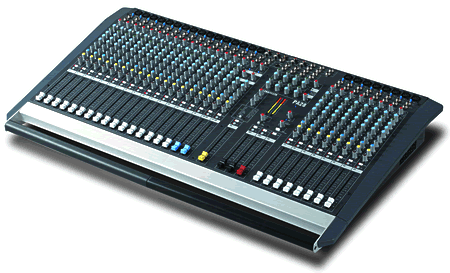
The new Allen & Heath PA28 offers 24 mono channels and 2 stereo channels, padless preamps, and 4-band semi-parametric output EQ
The PA series is targeted at live sound customers including PA and AV rental companies operating smaller systems, bands, music venues, churches and schools.
The PA20 has 16 mono plus 2 dual stereo channels, giving a channel count of 20 inputs, while the PA28 has 24 mono plus 2 dual stereo channels. Main features are a new padless preamp, internal FX unit, SPDIF output and parametric output EQ.
The mono channels feature an XLR input with individual +48V phantom power, and a TRS jack input. The TRS input feeds a new two-stage padless preamp which directs line sources to the second stage for improved matching and performance.
4 auxiliary sends are included, with 2 pre-fade sends for foldback, one post-fade for internal or external FX, and another post-fade for additional FX or special feeds. Mute and PFL switches with LEDs, peak metering and a full 100mm fader are also provided.
The 4 band semi-parametric EQ which proved to be such an important feature on the amplifier outputs of the PA-CP powered mixers is also available on the main outputs of PA20 and PA28. The EQ is a specially-designed 4-band type, with shelving LF and HF, a fixed LM band at 250Hz and a swept HM.

The smaller Allen & Heath PA20 has all the same features as the PA28, but with 16 mono and 2 stereo channel inputs
Also included in the mixers’ comprehensive feature set: built-in editable FX, 12-segment LED meters, XLR lamp socket and background music facility.
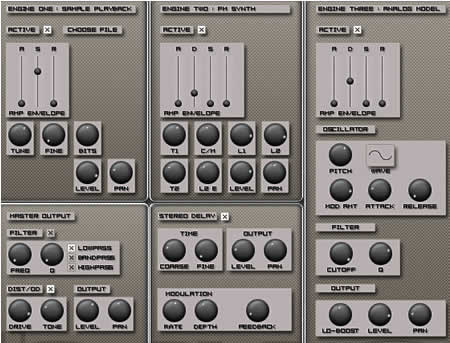
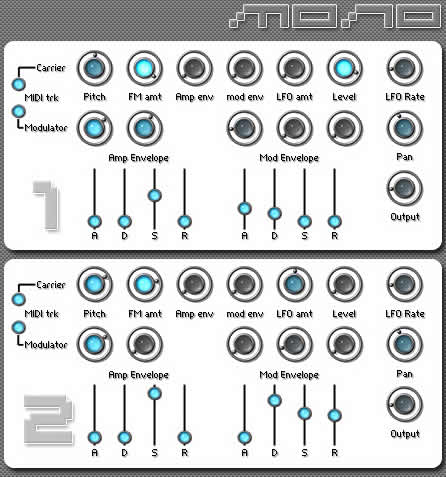
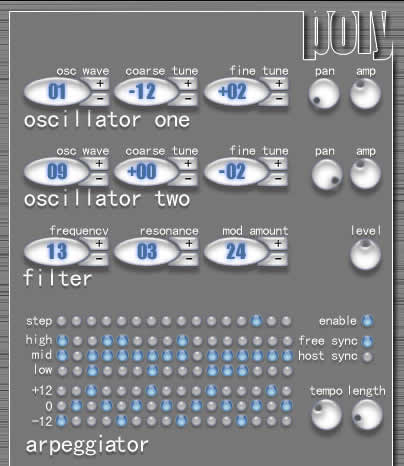
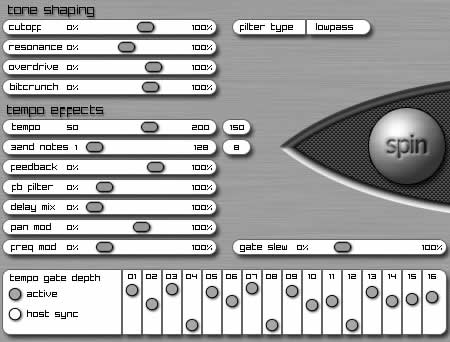

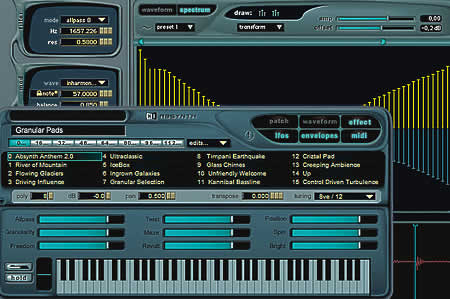

 Opus 99 Dynamic Mic for Bass
Opus 99 Dynamic Mic for Bass